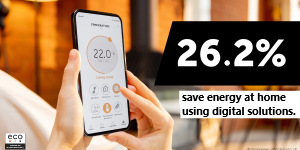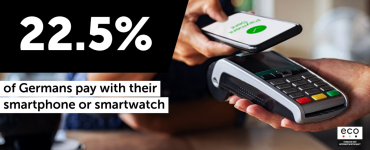- Number of public hotspots to double to six million by 2022
- Number of fiber-optic connections (FTTH) will also double by 2022
The city of the future will be connected and smart. Increased investment in IT security and network infrastructure are important growth drivers for the smart city. The “Communication Services & Network Security” segment alone is therefore forecast to grow by an average of more than 13 percent over the next five years; in 2017, revenues in this area amounted to around 3.5 billion Euro in Germany. “Secure and fast network connections are an integral component of the cities of tomorrow,” says Markus Schaffrin, security expert and Head of Member Services at eco – Association of the Internet Industry. “They make it possible to protect existing infrastructure effectively against cyber attacks and ensure stable and cost-effective data traffic.”
Double-digit growth in communications services & network security
Network services, including consulting, implementation, and maintenance, already account for around 75 percent of network security revenues. But it is not just here that the growth figures are in double figures: over the next few years, eco and Arthur D. Little expect enormous annual revenue growth of 16.5 percent – from 20.4 to 43.8 billion Euro across the entire smart city ecosystem. This is the finding of the study “The German Smart City Market 2017-2022 - Facts and Figures”. The growth spans ten market segments, most of which will experience double-digit annual growth rates. The four segments Transport & Logistics, Communication Services & Network Security, Physical Security, and Building Automation will account for 65 percent of the entire smart city market in 2017.
Doubling of fiber-optic connections
In addition to network security, growth areas include public Internet (Wi-Fi) and fiber-optic infrastructure. The amount of hotspots will double from their current number of approximately three million to around six million by 2022. At the same time, the number of households with direct fiber optic connections (FTTH) will multiply from around one million by 2022 to around two million. This corresponds to FTTH penetration of about six percent of German households in 2022. The authors of the study expect that the prices for the fiber-optic connection for households will continue to fall.




